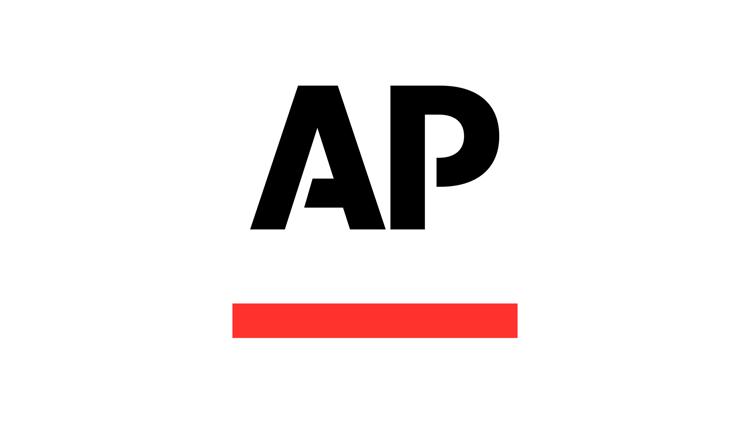Are you FED up yet?
The Fed finds itself increasingly tangled in mixed messaging. On one side, inflation remains stubbornly high. On the other side, the Fed is lowering rates and hinting at more cuts

The Fed finds itself increasingly tangled in mixed messaging. On one side, inflation remains stubbornly high. On the other side, the Fed is lowering rates and hinting at more cuts — even though its data-visibility is clouded and its dual mandate (price stability + maximum employment) is under strain. Markets keep climbing anyway, speculating on one narrative while the Fed appears hedging on another. For investors, this is a rich but risky juncture.
Mixed signals on full display
Back at the Jackson Hole Economic Policy Symposium (late August), Fed Chair Jerome H. Powell emphasised that inflation remained a major risk and that policy needed to remain restrictive. The talk of “tariff-related inflation pressures,” plus the fear of wages and rents picking up, were flagged.
Yet simultaneously he pointed to rising downside risks to employment and left the door open to rate cuts, which markets immediately interpreted as a pivot toward easing.
Fast-forward to the meeting on October 29, 2025:
- The Fed cut the federal funds rate by 25 basis points to 3.75 %–4.00 %.
- At the same time, the Fed emphasised: “Inflation has moved up since earlier in the year and remains somewhat elevated.”
- The Fed also said job gains have slowed, unemployment has edged up, and downside risks to employment “rose in recent months.”
- Crucially: Chair Powell warned that a further cut in December is “far from” guaranteed and underscored the internal “strongly differing views” on the Committee.
- On the operational side: Starting December 1 the Fed will end its reduction of securities holdings (i.e., stop shrinking its balance sheet) and reinvest principal payments into Treasuries or bills.
- Implementation detail: The interest rate paid on reserve balances will be lowered to 3.90 % effective October 30. Standing repo/reverse repo operations are maintained.
In short: cut talk + inflation still elevated + employment risk rising + data gaps due to shutdown = ambiguous posture.
Why this ambiguity matters
For an investor — especially someone operating in the investment/asset-allocation space like you — these mixed signals create meaningful strategic tension:
- Credibility risk: If the Fed cuts despite inflation not yet at target, markets may begin to doubt that inflation really matters. That could unanchor inflation expectations — bad for valuations.
- Valuation risk: Markets are rallying on hope of easing; if the Fed disappoints (e.g., no cut in December) the unwind could be sharp.
- Data-blindness: Due to the ongoing government shutdown, key employment and inflation data are delayed or missing. The Fed is flying partially blind.
- Timing risk: If inflation re-accelerates (tariffs, supply chains, wages) while the Fed is easing, we could see policy reversal or at least a pause. For fixed income and credit, that’s a trap.
Scenarios going forward (with the new meeting context)
Let’s tighten the scenarios given the October outcome:
| Scenario | What likely happens | Implication for markets & portfolios |
|---|---|---|
| Controlled soft-landing | Inflation gradually drifts lower, employment holds up. Fed signals readiness but takes a wait-and-see approach. December cut maybe happens (25 bps) if labor weakens further. Markets keep moving higher. | Equities benefit, high yield performs, duration risk moderate. But valuations become extended — trimming becomes prudent. |
| Inflation surprise / hawkish pivot | Inflation fails to drop or resurges (tariffs + wages), labor remains strong. Fed stops cuts, maybe even hikes again. Markets are stunned. | Equities suffer, bonds rally (yields fall), inflation-hedged assets outperform (commodities, real estate). Portfolio tilt to defensives, duration extends, inflation-linked bonds gain. |
| Growth slowdown + sticky inflation (stagflation flavours) | Labor market weakens sharply, but inflation remains elevated. Fed cuts further (for employment), but inflation stays high → stagflation risk. | Worst of both worlds: equities stagnant, bonds poor real return, inflation eats real value of fixed income. Shift to inflation-hedges, real assets, perhaps more conservative exposure. |
| Muddle through (baseline) | Data remains murky, Fed hedges further easing until clarity emerges. Market remains elevated but volatile. | Consolidation phase, richer valuations get tested, perhaps rotation within markets rather than directional move. Value cyclical picks vs growth still plays. |
What the October 29 meeting tells us about what the Fed is thinking
- Prioritising employment risk: The fact the Fed cut despite inflation elevated shows it sees labour risk more acute now. This is a subtle but pivotal shift.
- “Insurance cut” language: Many interpret this cut as insurance rather than a full-scale easing cycle launch. Indeed the Fed emphasised balance of risks, evolving data, no preset path.
- Operational shift: Ending balance sheet shrinkage signals liquidity support and is dovish in structural terms. But the Fed didn’t announce a big TLTRO or QE-style program yet — so “dovish lite”.
- Uncertainty high: With two dissenters (one for no cut, one for larger cut) and data blackout, the Fed is signalling that the path ahead is foggy. Markets should not assume further cuts automatically.









